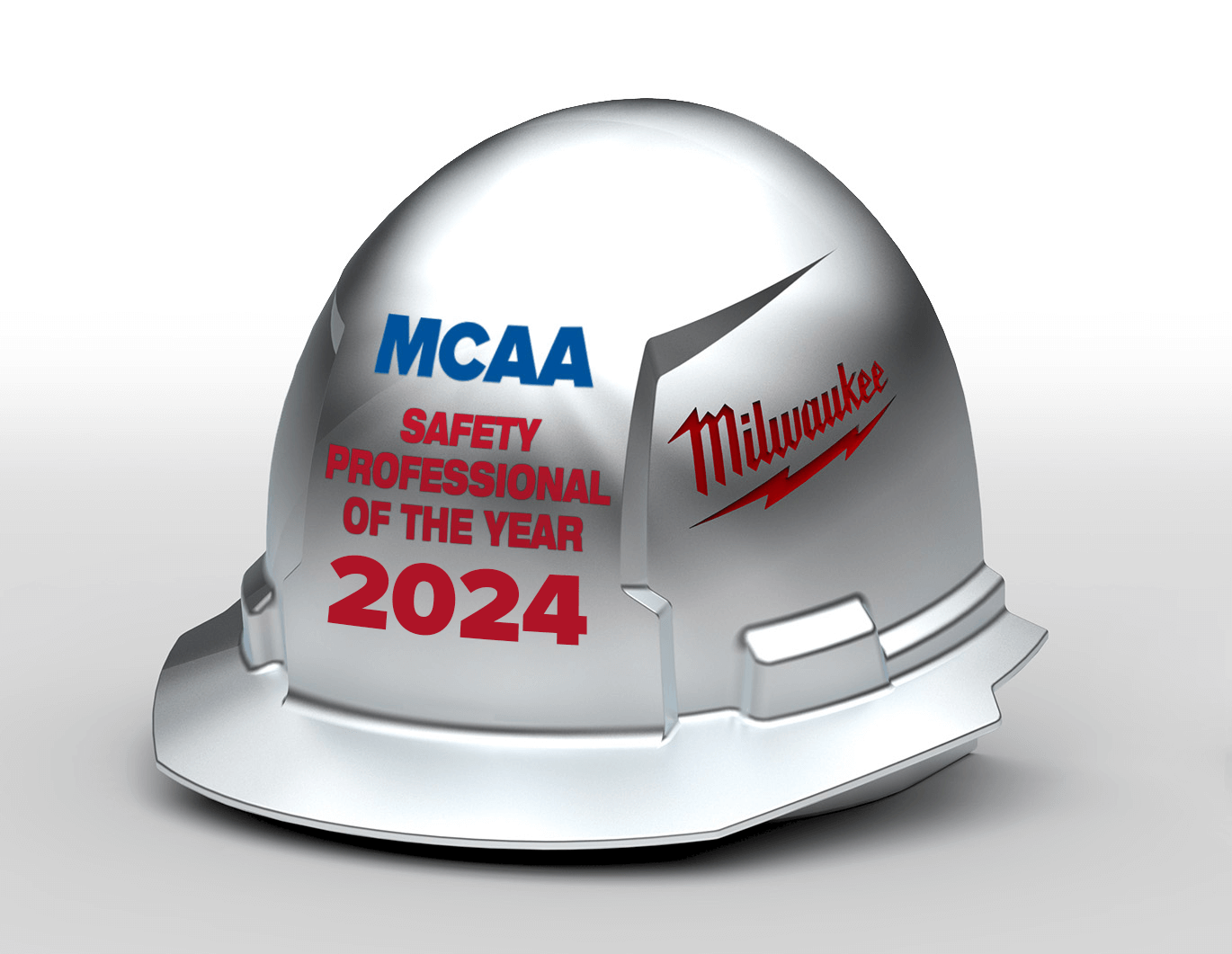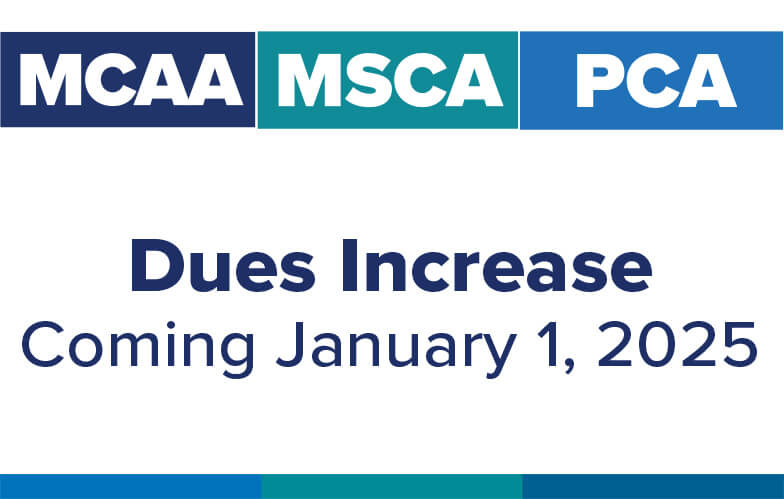
December 4, 2020|by Kathleen M. Connelly
Until now, the CDC recommended a 14-day quarantine for individuals who might have had “close contact” with a person who has or is suspected of having COVID-19.[1] This quarantine was longer than the 10-day recommendation for those who test positive, as the longer quarantine period is based on estimates of the upper boundaries of the viral incubation period. However, in its new guidance issued December 2, 2020, the CDC acknowledged three adverse consequences of the 14-day quarantine:
- It can impose personal burdens that may affect physical and mental health as well as economic hardship that may reduce compliance.
- It may pose additional burdens on public health systems and communities, especially when cases are rising and the need to impose quarantines are rapidly rising.
- It may dissuade recently diagnosed persons from naming contacts and dissuade contacts from responding to contact tracer outreach if they perceive the duration of the quarantine is too onerous.
New Shorter Quarantine Options. In an effort to reduce these burdens and increase community compliance, the CDC has announced the following shorter quarantine alternatives to the 14-day quarantine.
- 10-Day Quarantine Option. Under this option, quarantine can end after day 10 without testing and if no symptoms have been reported during this period.
- 7-Day Quarantine Option. If diagnostic testing resources are available, quarantine can end after day 7 if i) the test results are negative and ii) no symptoms are reported during this period. The testing specimen may be collected and tested within 48 hours of the expiration of the 7-day period (or before the planned end of quarantine in the event of testing delays).
Quarantine may only be discontinued under either option if these additional criteria are met:
- no clinical evidence of COVID-19 was elicited via daily symptom monitoring during the entirety of the quarantine;
- daily symptom monitoring continues through day 14; and
- persons are counseled regarding the need to strictly adhere through day 14 to all recommended non-pharmaceutical mitigation strategies, and advised to immediately contact local health officials or their healthcare provider and self-isolate should symptoms develop.
Of course, individuals can continue to quarantine for the longer 14-day period without testing in accordance with the preexisting recommendations, which maximally reduces the risk of post-quarantine transmission.
Persons Who Must Quarantine Together, Such as Households. The CDC further recommends that when housing is shared (e.g., families, incarcerated persons, students), every effort should be made to physically separate the quarantined individual from others through such measures as having the quarantined individual residing alone in a separate closed room with exclusive use of their own bathroom and implementation of other mitigating strategies. If any co-housed person is diagnosed with COVID-19, all co-housed persons will require evaluation as contacts.
[1] The CDC defines “close contact” as being within 6 feet of an infected person for a cumulative total of 15 minutes or more over a 24-hour period starting from 2 days before illness onset (or, for asymptomatic patients, 2 days prior to test specimen collection) until the time the patient is isolated.
As always Lindabury’s Labor & Employment team is vigilantly monitoring the legislative and regulatory developments in response to the coronavirus outbreak. Stay up to date with the latest information by visiting the Lindabury COVID-19 (Coronavirus) Resource Center. If you have any questions, please contact Lindabury.



